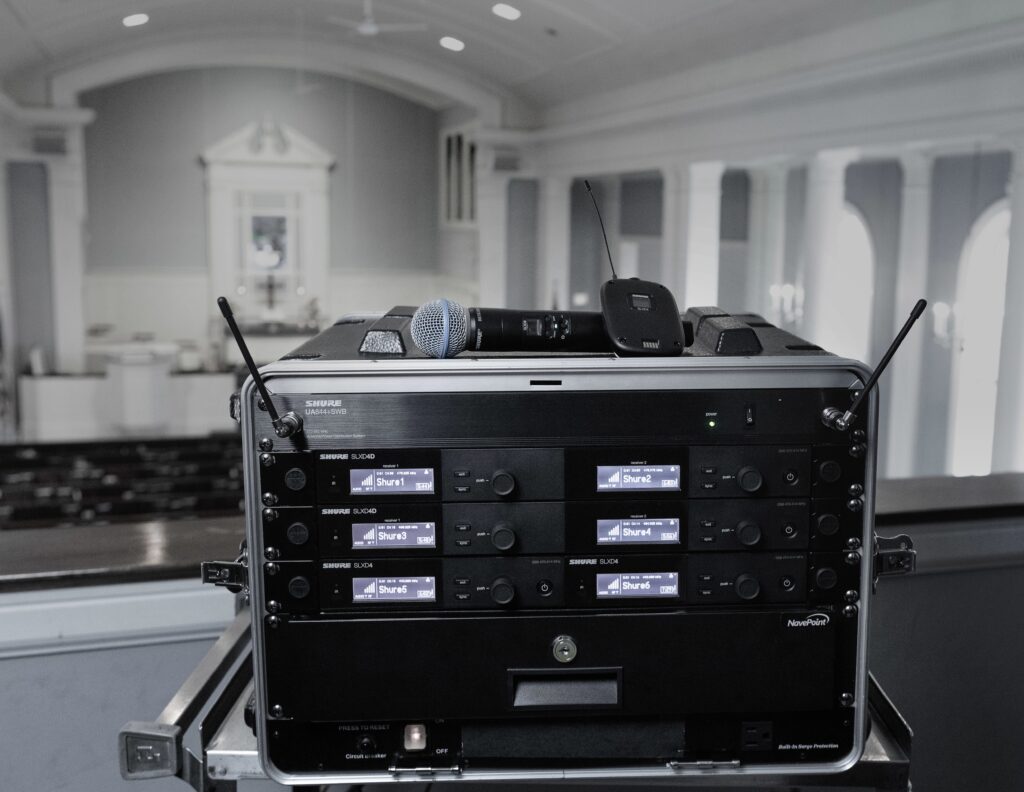

An Essential Tool
Wireless microphones are an essential part of today’s audio landscape. Most churches you come across want multiple wireless systems that can address multiple needs in the church, i.e., vocalists, instrumentalists, speakers/pastors. Churches also have secondary desires for wireless, ranging from the need to be cable free, room restrictions and limitations, and an encouragement of expression and movement on stage. Whichever way you put it; wireless is essential for any church.
The biggest stumbling block to wireless is scale. The first 1-2 wireless systems work great but as soon as you start adding additional systems those pesky audio gremlins start popping up. What is the next step to ensure that this critical message is presented in a clear and non-distracting way? Enter antenna distribution.
What is Antenna Distribution?
So, what is antenna distribution? In its simplest form, antenna distribution is the method by which you can combine antennas from multiple wireless systems into a single pair of antennas, however there is more to it than simple combination. The benefits of antenna distribution include:
• Better line of site. Remote mounting antennas allow you to place them in a location that has better line of site to the stage. This is essential for wireless systems that sit in racks under or behind your mixing station, or your back of house.
• Reduced Intermodulation Distortion. Intermodulation Distortion, otherwise known as intermod, is the byproduct of two antennas being in close proximity to each other. That distortion comes through at harmonic frequencies which limit the number of available channels for your systems.
• Improved Organization. Nobody likes seeing a bunch of cables and antennas jumbled together. It is a distraction at best and a potential fail point at worst. Adding an antenna combiner can help reduce the amount of antennas and cables you use. Systems like the Shure UA844+ can also provide power to up to 4 systems, reducing the amount of power plugs needed. This all leads to a system that is well organized and is pleasing to the eyes.

When It’s Needed
As retailers, our goal is to be the problem solvers to our customers. We know the problems that antenna distribution can help fix but when are the times we should recommend it?
• In systems with 4 or more wireless units. A good rule of thumb is that for every 4 wireless units you need antenna distribution. While this isn’t a hard and fast rule, it is a great baseline to make recommendations.
• In crowded RF environments. After checking the Shure Frequency Finder, you see that there are only a handful of frequencies available for a specific system in a specific area. Adding an antenna distribution system helps ensure that you can get the most out of those available frequencies.
• In new installations or buildings. Any new system, whether it be a refurb of an existing system or a new building being integrated, would benefit from having antenna distribution. This allows the building and audio engineer to ensure that line of sight is ensured while maintaining functionality and good visuals.
In the end, any church desiring to use wireless in any number can benefit from the usage of antenna distribution. It helps give them peace of mind that their essential message is being heard and that their systems are being protected for years to come.
Do you want to learn more about antenna combination and how it can provide a great add on to your wireless sales? Contact us at McFadden Sales for all the details.
- by Sam Dowty, McFadden Sales


